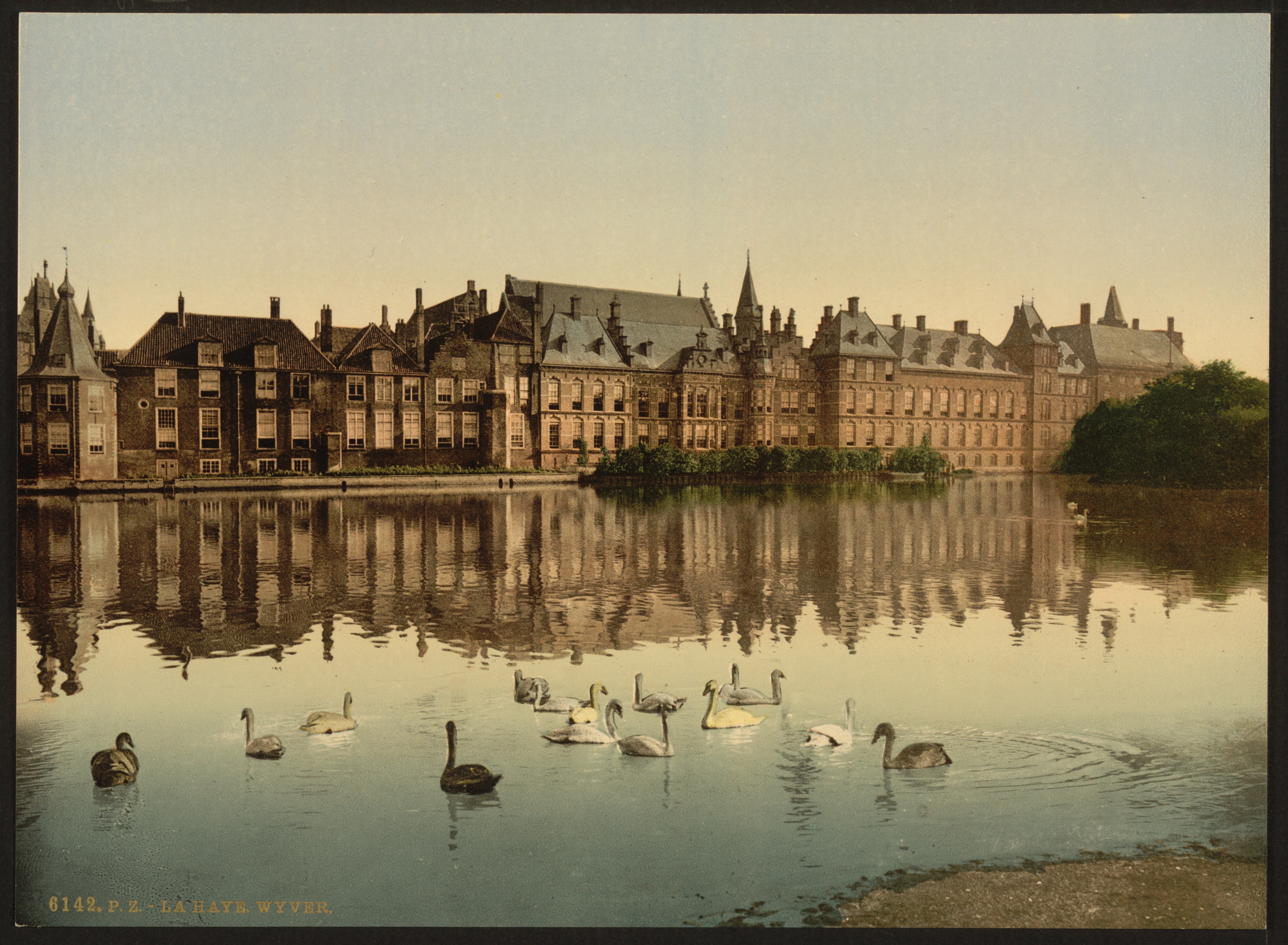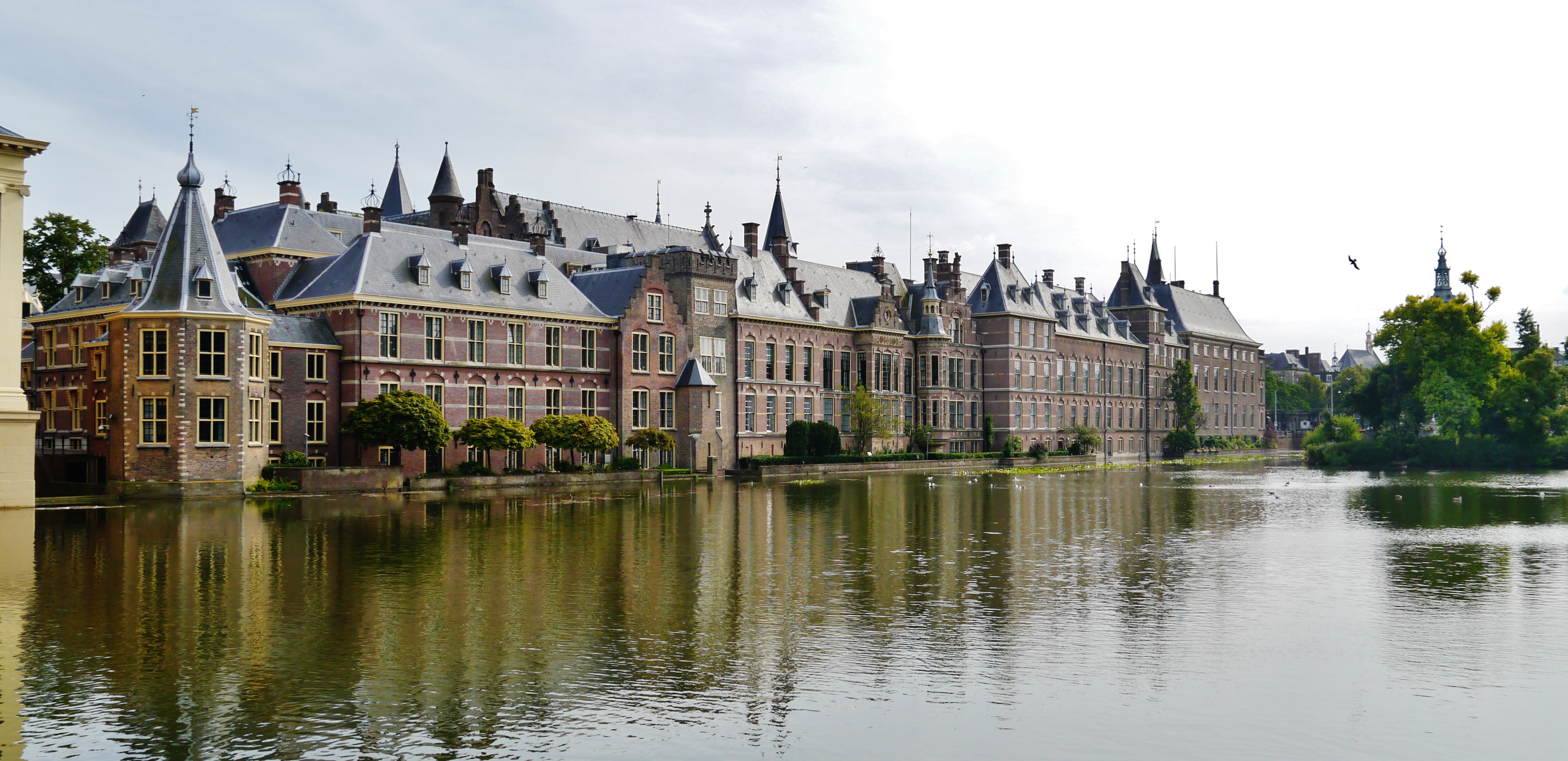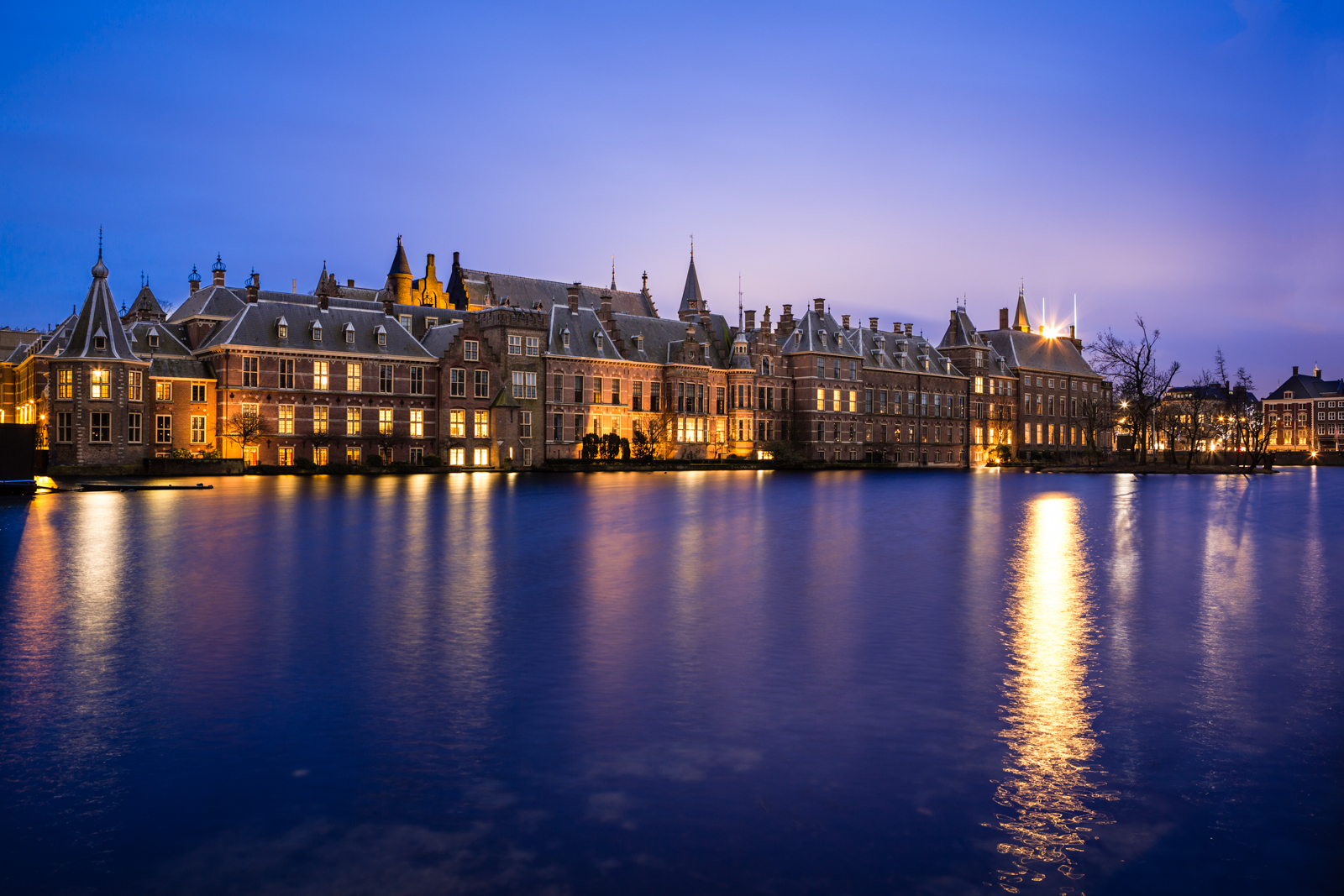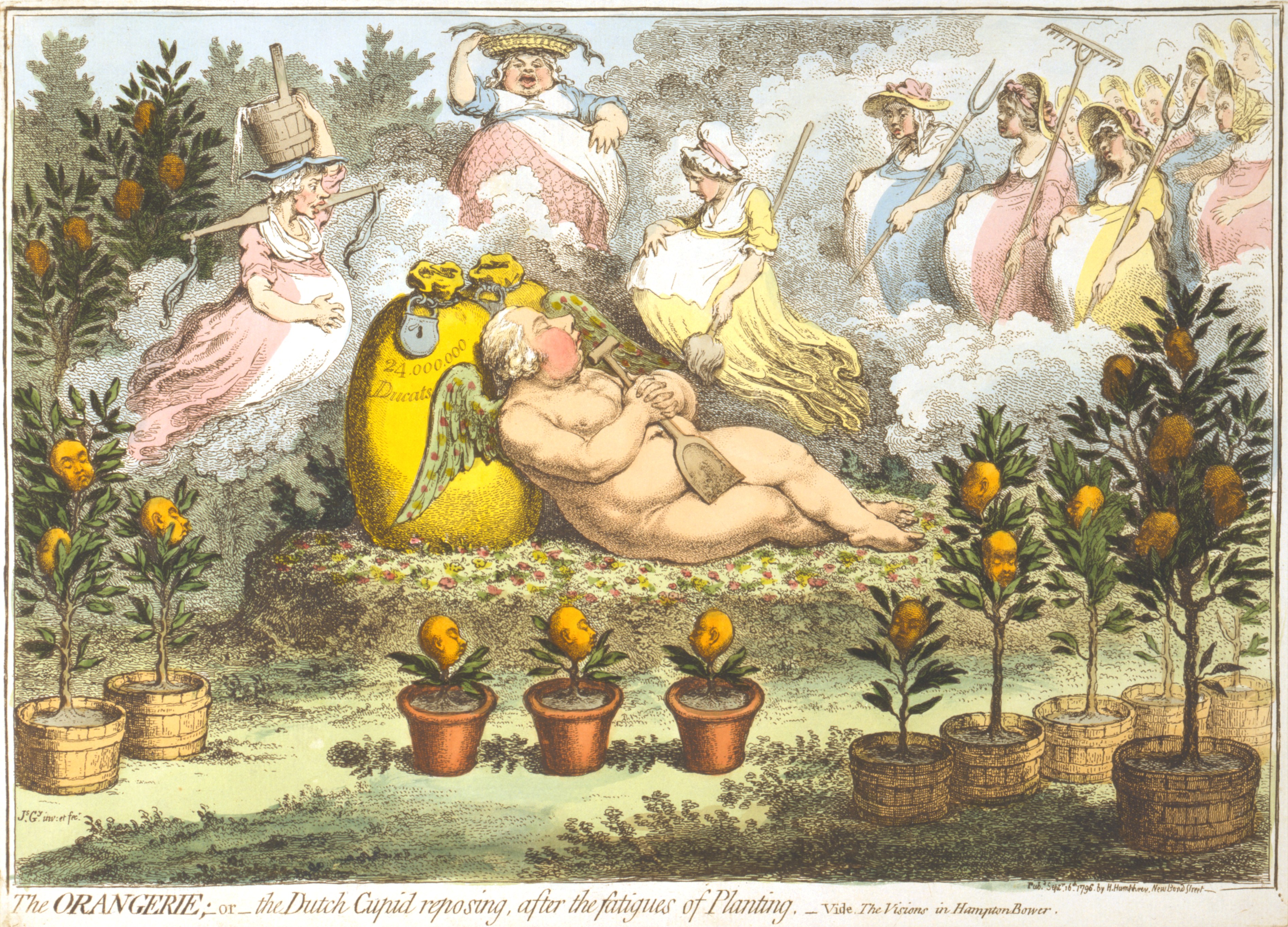|
Hofvijver
The Hofvijver (; en, Court Pond) is a lake in the centre of The Hague, Netherlands. It is adjoined in the east by the Korte Vijverberg (road), in the south by the Binnenhof and the Mauritshuis, in the west by the Buitenhof and in the north by the Lange Vijverberg (road). In the middle there is a small island with plants and trees which has no name, it is usually referred to as "the island in the Vijverberg". History The term pond is actually a misnomer, as the Hofvijver has its origin in a natural dune lake fed by the Haagse Beek (Hague Creek, originally Dunecreek) and the, nowadays muted, Bosbeek (Forestcreek) from the Haagse Bos (Hague Forest). The Haagse Beek still feeds the Hofvijver and so the pond is directly connected to the dunes in Kijkduin. In this dune lake there was an island (not the current island in the Hofvijver) on which Willem II built his palace in 1248. Other sources say he built his palace alongside the pond and created a moat around it. The city o ... [...More Info...] [...Related Items...] OR: [Wikipedia] [Google] [Baidu] |
Binnenhof
The Binnenhof (; en, Inner Court) is a complex of buildings in the city centre of The Hague, Netherlands, next to the Hofvijver lake. It houses the meeting place of both houses of the States General of the Netherlands, as well as the Ministry of General Affairs and the office of the Prime Minister of the Netherlands. Built primarily in the 13th century, the Gothic castle originally functioned as residence of the counts of Holland and became the political centre of the Dutch Republic in 1584. It is counted among the Top 100 Dutch heritage sites. The Binnenhof is among the oldest Parliament buildings in the world still in use. History Little is known about the origin of the Binnenhof. Presumably, the grounds next to the Hofvijver lake, and the small homestead on it, were purchased by Count Floris IV of Holland from Meiland van Wassenaar in November 1229. Between 1230 and 1234 he had the homestead expanded to a small keep. After Floris' son and successor William II was cr ... [...More Info...] [...Related Items...] OR: [Wikipedia] [Google] [Baidu] |
The Hague
The Hague ( ; nl, Den Haag or ) is a city and municipality of the Netherlands, situated on the west coast facing the North Sea. The Hague is the country's administrative centre and its seat of government, and while the official capital of the Netherlands is Amsterdam, The Hague has been described as the country's de facto capital. The Hague is also the capital of the province of South Holland, and the city hosts both the International Court of Justice and the International Criminal Court. With a population of over half a million, it is the third-largest city in the Netherlands, after Amsterdam and Rotterdam. The Hague is the core municipality of the Greater The Hague urban area, which comprises the city itself and its suburban municipalities, containing over 800,000 people, making it the third-largest urban area in the Netherlands, again after the urban areas of Amsterdam and Rotterdam. The Rotterdam–The Hague metropolitan area, with a population of approximately 2.6&n ... [...More Info...] [...Related Items...] OR: [Wikipedia] [Google] [Baidu] |
Gevangenpoort
The Gevangenpoort (''Prisoner's Gate'') is a former gate and medieval prison on the Buitenhof in The Hague, Netherlands. It is situated next to the 18th-century art gallery founded by William V, Prince of Orange in 1774 known as the ''Prince William V Gallery''. History of the prison From 1420 until 1828, the prison was used for housing people who had committed serious crimes while they awaited sentencing. Its most famous prisoner was Cornelis de Witt, who was held on the charge of plotting the murder of the stadtholder. He was lynched together with his brother Johan on 20 August 1672 on the square in front of the building called ''groene zoodje'' after the grass mat used for the scaffold. When public executions went out of fashion the area was used to build the "Witte Society", a literature club that still exists today, but had to move when the street was built in 1923. In 1882, the Gevangenpoort became a prison museum. The "gate" function was lost in 1923 when the houses adj ... [...More Info...] [...Related Items...] OR: [Wikipedia] [Google] [Baidu] |
Buitenhof (The Hague)
The Buitenhof (, The Hague dialect: ''Outer Court'') is a square in The Hague, Netherlands, adjacent to the Binnenhof (''Inner Court'') and the Hofvijver pond. It is listed in the Top 100 Dutch heritage sites. History The square originated in the 13th century, during the construction of the Binnenhof. It was filled with houses and stables and, during the reign of Count Albert I, it even featured a zoo. The zoo exhibited mostly falcons and other birds of prey that were used for hunting. Later, hounds were exhibited as well. The Buitenhof was moated for safety in the 15th century. People that did not belong to the court, lived outside of it, around the Plaats and the Korte Voorhout, and along the Hofvijver. The only entrance to the square was the Gevangenpoort, ''Prison Gate''. A second entrance was introduced in 1814 with the construction of the Gravenstraat. In 1923, the houses between the gate and the Hofvijver were demolished, as was advised by architect Hendrik Petrus Berla ... [...More Info...] [...Related Items...] OR: [Wikipedia] [Google] [Baidu] |
Torentje
The Torentje (Dutch: ''Het Torentje''; English: "The Little Tower"), located at the Binnenhof in The Hague next to the Mauritshuis museum, has been the official office of the Prime Minister of the Netherlands since 1982. History This small octagonal building at the Hofvijver is first mentioned in chronicles in 1354 and probably dates from the first half of the 14th century. At the edge of the Parliament Buildings was originally a summer gazebo for Counts of Holland. It was connected by a drawbridge with the count's garden. At the site of this garden, later east of the Tower the Mauritshuis was built around 1640 as the residence for John Maurice, Prince of Nassau-Siegen. Today the Mauritshuis is a museum. Usage West of the Tower is the Mauritshuis and the Grenadiers Gate, that gives access to Parliament Buildings. Directly opposite the Tower are offices of the House of Representatives. On the ground floor in the Tower there is small meeting room. The first floor houses the offic ... [...More Info...] [...Related Items...] OR: [Wikipedia] [Google] [Baidu] |
Mauritshuis
The Mauritshuis (; en, Maurice House) is an art museum in The Hague, Netherlands. The museum houses the Royal Cabinet of Paintings which consists of 854 objects, mostly Dutch Golden Age paintings. The collection contains works by Johannes Vermeer, Rembrandt van Rijn, Jan Steen, Paulus Potter, Frans Hals, Jacob van Ruisdael, Hans Holbein the Younger, and others. Originally, the 17th-century building was the residence of count John Maurice of Nassau. It is now the property of the government of the Netherlands and is listed in the top 100 Dutch heritage sites. History In 1631, John Maurice, Prince of Nassau-Siegen, a cousin of stadtholder Frederick Henry, bought a plot bordering the Binnenhof and the adjacent Hofvijver pond in The Hague, at that time the political centre of the Dutch Republic. On the plot, the Mauritshuis was built as a home between 1636 and 1641, during John Maurice's governorship of Dutch Brazil. The Dutch Classicist building was designed by the Dutch arch ... [...More Info...] [...Related Items...] OR: [Wikipedia] [Google] [Baidu] |
Albert I, Duke Of Bavaria
Albert I, Duke of Lower Bavaria (german: Albrecht; 25 July 1336 – 13 December 1404), was a feudal ruler of the counties of Holland, Hainaut, and Zeeland in the Low Countries. Additionally, he held a portion of the Bavarian province of Straubing, his Bavarian ducal line's appanage and seat, Lower Bavaria. Biography Early years Albert was born in Munich, the third son of Louis IV, Holy Roman Emperor, by his second wife Margaret II, Countess of Hainaut and Holland. Albert was originally a younger son, apportioned at best an appanage. He was only 10 years old when his father died, leaving most of his Bavarian inheritance to his eldest half-brother, Louis V, Duke of Bavaria, but also some appanages to the younger sons. His elder brother, William V, Count of Holland, had engaged in a long struggle with their mother, obtaining Holland and Zeeland from her in 1354, and Hainaut on her death in 1356. William was supported by the party of burghers of the cities. They were oppos ... [...More Info...] [...Related Items...] OR: [Wikipedia] [Google] [Baidu] |
William V, Prince Of Orange
William V (Willem Batavus; 8 March 1748 – 9 April 1806) was a prince of Orange and the last stadtholder of the Dutch Republic. He went into exile to London in 1795. He was furthermore ruler of the Principality of Orange-Nassau until his death in 1806. In that capacity he was succeeded by his son William. Early life William Batavus was born in The Hague on 8 March 1748, the only son of William IV, who had the year before been restored as stadtholder of the United Provinces. He was only three years old when his father died in 1751, and a long regency began. His regents were: * Dowager Princess Anne, his mother, from 1751 to her death in 1759; * Dowager Princess Marie Louise, his grandmother, from 1759 to her death in 1765; *Duke Louis Ernest of Brunswick-Lüneburg, from 1759 to 1766, and kept on as a privy counsellor, in accordance with the ''Acte van Consulentschap'', until October 1784; * Princess Carolina, his sister (who at the time was an adult aged 22, while he was still a ... [...More Info...] [...Related Items...] OR: [Wikipedia] [Google] [Baidu] |
John I, Count Of Holland
John I (1284 – 10 November 1299) was Count of Holland and son of Count Floris V. John inherited the county in 1296 after the murder of his father. Shortly after his birth, after negotiations between Floris and King Edward I of England in April 1285, he was betrothed to Elizabeth, a daughter of Edward and Eleanor of Castile. Soon after this the infant John was sent to England to be raised and educated there at Edward's court. In 1296, after the murder of John's father Count Floris V, King Edward invited a number of nobles from Holland with English sympathies, amongst whom were John III, Lord of Renesse, and Wolfert I van Borselen. On 7 January 1297 John married Edward's daughter Elizabeth at St Peter's Church, Ipswich. Soon after this, he was allowed to return to Holland, although being made to promise to heed the council of Renesse and Borselen. Elizabeth was expected to go to Holland with her husband, but did not wish to go, leaving her husband to go alone. After some dela ... [...More Info...] [...Related Items...] OR: [Wikipedia] [Google] [Baidu] |
Haagse Bos
Haagse Bos (, literally ''Forest of The Hague'') is a rectangular neighbourhood and forest in the Haagse Hout district of The Hague, Netherlands, reaching from the old city centre in the south-west to the border of Wassenaar in the north-east. It is also one of the oldest remaining forests of the country. During World War II, the park was used by the Germans for launching V-1 and V-2 rockets. History Originally, the Haagse Bos was a section of a bigger forest that stretched from 's-Gravenzande to Alkmaar. This was simply called ''Die Hout'' (The Woods). The title eventually gave way to the name ''Houtland'' (which literally means "woods lands") and later became ''Holland''. From this original forest only the Haagse Bos remains. During the reign of William II and Floris V, the forest was considerably reduced to make space and provide wood for the growing nearby fortress, the Binnenhof, and the surrounding village of The Hague. However, even in the Middle Ages there were strict ... [...More Info...] [...Related Items...] OR: [Wikipedia] [Google] [Baidu] |
William II Of Holland
William II (February 1227 – 28 January 1256) was the Count of Holland and Zeeland from 1234 until his death. He was elected anti-king of Germany in 1248 and ruled as sole king from 1254 onwards. Early life William was the eldest son and heir of Count Floris IV of Holland and Matilda of Brabant.M. A. Pollock, Scotland, ''England and France After the Loss of Normandy, 1204-1296'', (The Boydell Press, 2015), xv. When his father was killed at a tournament at Corbie, William was only seven years old. His paternal uncles William and Otto, bishop of Utrecht, were his guardians until 1239. Kingship With the help of his maternal uncle Duke Henry II of Brabant and the Cologne archbishop Konrad von Hochstaden, William was elected king of Germany after Emperor Frederick II was excommunicated by Pope Innocent IV. He succeeded Landgrave Henry Raspe of Thuringia who had died within a year after his election as anti-king in 1246. The next year, William decided to extend his father's huntin ... [...More Info...] [...Related Items...] OR: [Wikipedia] [Google] [Baidu] |
Kijkduin
Kijkduin en Ockenburgh is a Dutch subdistrict of the Loosduinen district in The Hague. The subdistrict is located in the western part of The Hague at the municipal border of Monster. The area is bordered by the North Sea, an imaginary line between beach pole 105 and the De Savornin Lohmanlaan, the Machiel Vrijenhoeklaan, the Duinlaan, the Kijkduinsestraat, the Ockenburghstraat, the Loosduinse Hoofdstraat, the Monsterseweg and the municipal border with Monster. As the name suggests, the subdistrict consists of two neighborhoods Kijkduin and Ockenburgh. History Kijkduin Kijkduin is a seaside resort on the North Sea coast of the province of South Holland in the Netherlands. It is one of the two seaside resorts of the city of The Hague, the other (more famous) one being Scheveningen. "Kijkduin" is quite famous for its long stretch in sand dunes along the coast. In the late 19th century, the seaside resort Kijkduin arose at the narrowest spot in the dunes on the south-western side of ... [...More Info...] [...Related Items...] OR: [Wikipedia] [Google] [Baidu] |



_-_Daniel_Marot.jpg)





.jpg)